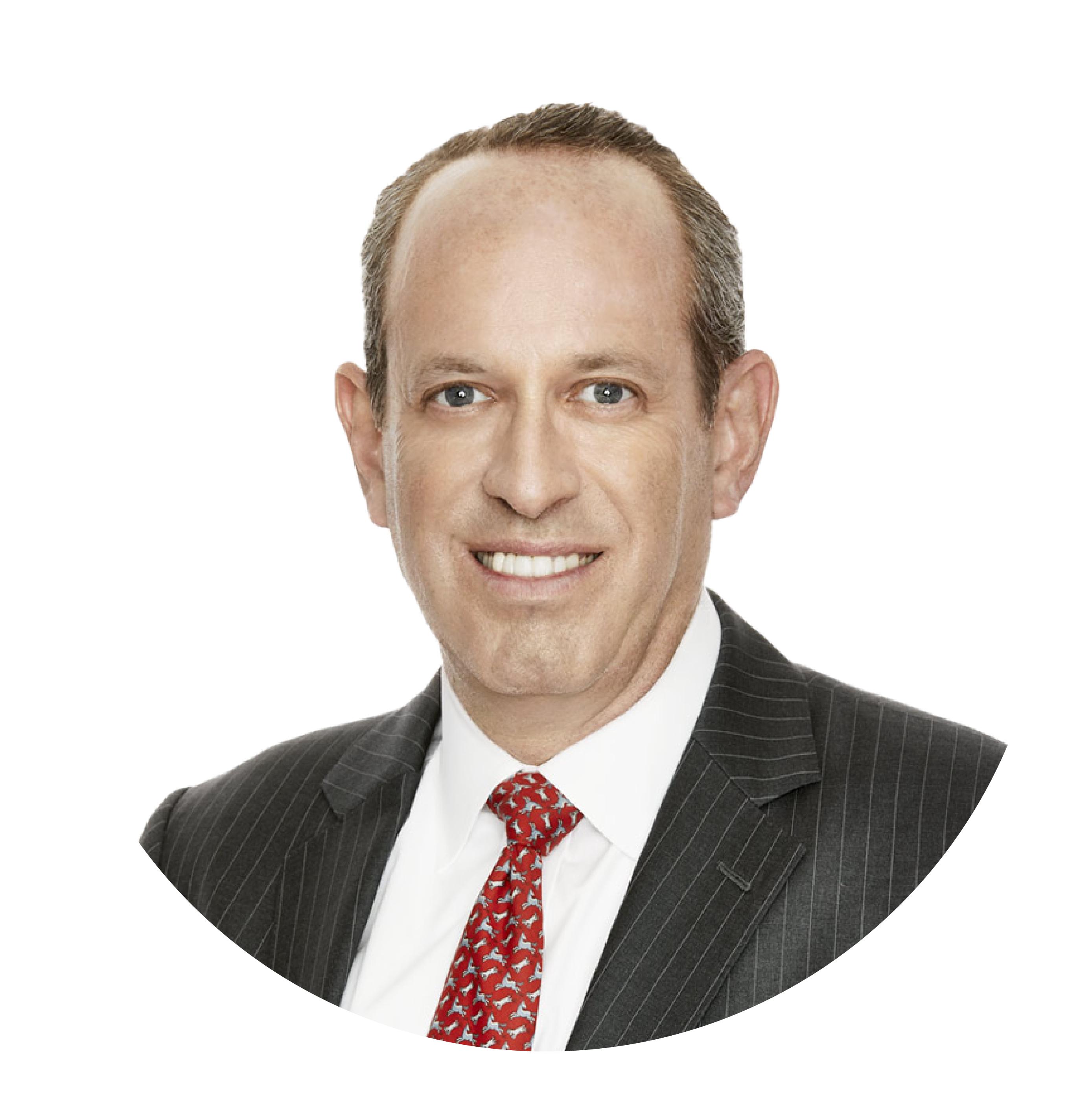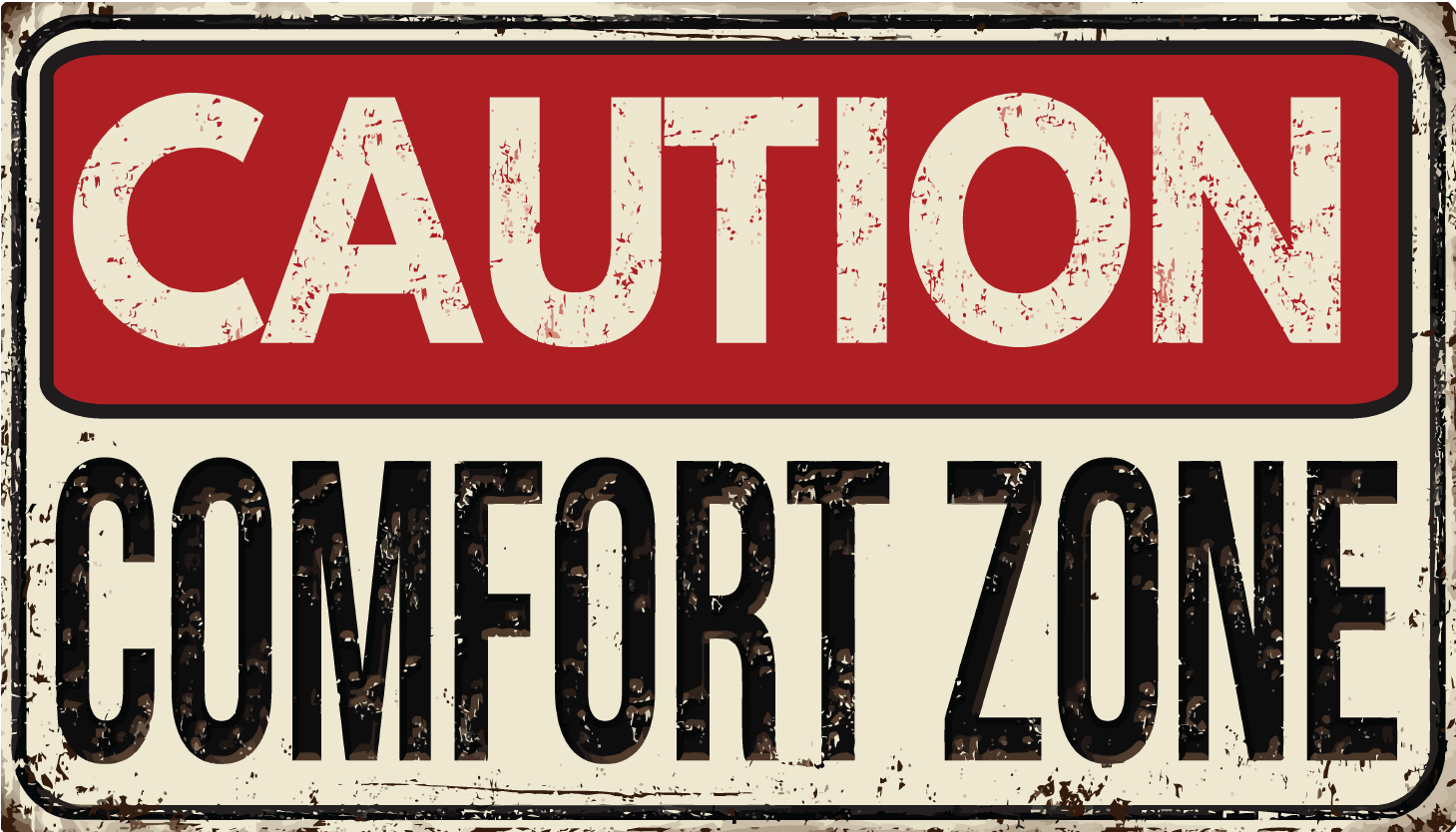In a market environment marked by optimism, market concentration, and rising asset prices, non-profit institutional investors face critical decisions. The S&P 500’s recent gains of 36.4% over twelve months illustrate this optimism, yet it masks underlying risks that investors must acknowledge and navigate with caution. Markets are predominantly driven by two forces—corporate performance and market sentiment—and today’s valuations reflect an unprecedented level of optimism attached to a small number of very large businesses.
While these clear and present risks—like geopolitical uncertainty and US fiscal policy—command attention, it is often the subtle and pernicious risks that erode long-term performance. Risks such as inflation, monetary tightening, and market overconfidence pose serious threats to long-term capital preservation and growth, especially for institutional non-profits tasked with stewarding endowments and ensuring financial sustainability. Below, we break down the clear and subtle dangers of today’s investment climate.
Clear and Present Risks
- Geopolitical Uncertainty: The global political landscape is increasingly volatile, with significant elections and rising geopolitical tensions. Markets often myopically overemphasize the short-term impact of such risks, reacting sharply to events like elections, trade wars, or conflicts. While the immediate market consequences of geopolitics tend to fade over time, they represent a constant overhang for investors, complicating long-term decision-making. For non-profit institutions, these risks often manifest in heightened volatility and reduced confidence in international diversification efforts.
- Fiscal Policy and Ballooning Deficits: The US budget deficit is at historically high levels, even in the context of low unemployment, raising questions about the sustainability of government borrowing. While this has long been a "known" risk, the deeper implications remain subtle. Increased government borrowing may crowd out private investment, and as capital becomes scarcer, institutional investors could face heightened competition for returns. As deficits rise, interest rates could be pushed higher, creating a more challenging environment for endowments reliant on fixed-income investments.
Pernicious Risks
- Inflation—A Sleeping Giant? Despite bond markets signaling inflation is contained, history suggests that inflationary pressures may still loom large. For institutional non-profits, inflation presents an insidious risk that slowly erodes the purchasing power of endowments over time. Even small increases in inflation can have devastating long-term effects on portfolios that fail to adjust for rising costs, especially in a low-yield environment.
- Monetary Tightening in an Era of Scarce Capital: The Federal Reserve’s decision to reduce its balance sheet, while lowering short-term rates, introduces an unfamiliar environment for many investors. For decades, easy money has fueled market growth, leaving many unprepared for a world where capital is becoming more expensive and scarce. Non-profit institutions, particularly those managing long-term endowments, must grapple with the challenge of maintaining returns in a more restrictive monetary landscape.
- Overconfidence and Market Concentration: Perhaps the most dangerous risk of all is overconfidence in market leaders and the widespread optimism surrounding trends like artificial intelligence (AI). This market sentiment has led to extreme concentration, with a small group of stocks dominating performance. For non-profit investors, overly focusing on current leaders may lead to a critical neglect of diversification, increasing vulnerability to future market corrections.
At The Crossroads
The real danger isn’t found in any one of these risks but in how they interconnect. Inflation, fiscal deficits, and tightening monetary policy feed into one another, creating a fragile environment for institutional portfolios. Overconfidence and market concentration only heighten the risk, as investors over-allocate to a few high-performing stocks while neglecting the broader opportunity set. At Crewcial Partners, we recognize that the status quo—concentrated, passive exposure to US large-cap stocks—can leave portfolios vulnerable in this evolving market environment. Here’s how we are actively positioning your portfolios to navigate these risks:
- Diversification Beyond the Headlines: Recent market performance has been driven by a narrow group of large-cap tech stocks. However, at Crewcial Partners, we believe diversification remains the cornerstone of risk management. Our portfolios are deliberately structured to reduce overexposure to US large-cap stocks by incorporating a wider range of asset classes, such as international equities, emerging markets, and alternative assets. This approach allows us to capture opportunities in underrepresented sectors while hedging against the potential volatility concentrated in a few high-profile stocks.
- Identifying Under-appreciated Opportunities: We believe that market enthusiasm for a small group of leading companies often leads to the neglect of other sectors with strong growth potential, in areas where risks may be overstated, and valuations are more attractive. For example, sectors like clean energy, infrastructure, and healthcare innovation are becoming increasingly important and offer significant growth potential. By positioning our clients’ portfolios to benefit from these under-appreciated opportunities, we are not only managing risk but also setting the stage for long-term capital growth.
- Active Management in a Time of Inefficiency: With the increasing dominance of passive investing strategies and AI-driven trading models, we see growing inefficiencies in certain market sectors. At Crewcial, we leverage active management to capture value in these overlooked areas. By working with asset managers who specialize in fundamental analysis and have the ability to navigate less-followed markets, we are able to identify inefficiencies and capitalize on them. Our focus is on finding managers who excel at spotting these opportunities.
The Way Forward
For non-profit investors, hesitation in addressing these risks could have significant consequences. While clear risks such as geopolitical tensions and fiscal deficits dominate the news, the subtler risks of inflation, monetary tightening, and overconfidence pose more significant threats to long-term capital preservation. Institutions must recognize that relying solely on large-cap, passive exposure is no longer sufficient.
At Crewcial Partners, our investment approach is tailored to address the compounding risks of today’s market environment while positioning portfolios for future growth. By emphasizing diversification, focusing on underappreciated sectors, and embracing active management, we ensure that your portfolios are prepared to navigate both current uncertainties and long-term opportunities. Our goal is not just to mitigate risk but to create portfolios that are resilient, dynamic, and aligned with the evolving investment landscape.
 Michael Miller
:
Oct 15, 2024 8:45:00 AM
Michael Miller
:
Oct 15, 2024 8:45:00 AM


